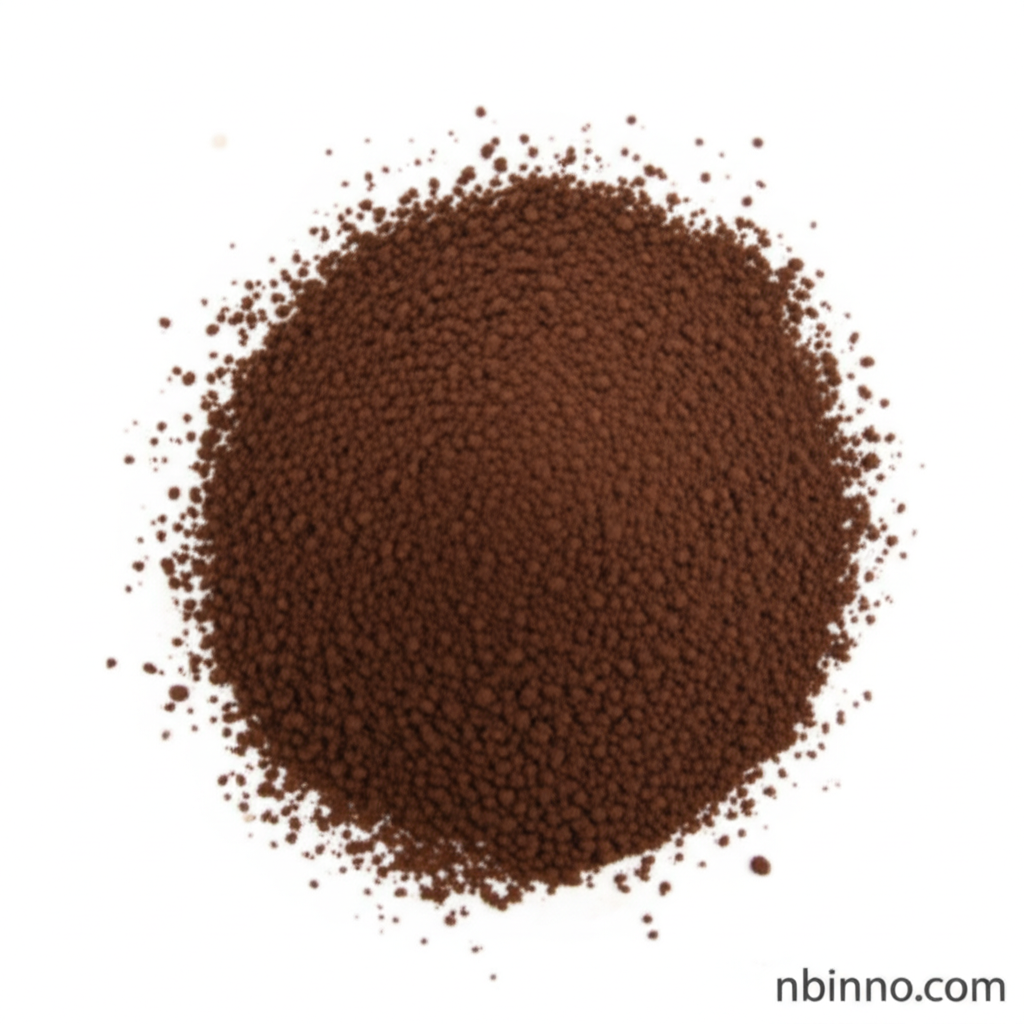Dispersing Agent MF (CAS 9084-06-4): Your Ultimate Solution for Enhanced Industrial Performance
Discover the versatile applications of Dispersing Agent MF, a powerful solution for enhanced quality and efficiency across textile, leather, construction, and paper industries.
Get a Quote & SampleDiscover the Unrivaled Performance of Dispersing Agent MF

Dispersing Agent MF (Methyl Naphthalene Sulfonate Formaldehyde Condensate)
Dispersing Agent MF, also known as Methyl Naphthalene Sulfonate Formaldehyde Condensate, is a highly effective anionic surfactant. It is engineered to keep solid particles uniformly distributed in liquid solutions, preventing aggregation and sedimentation. This brown powder is easily soluble in water and boasts exceptional stability across various challenging industrial conditions.
- Superior Particle Dispersion: Prevents clumping and settling, ensuring homogeneous mixtures for optimal product quality in demanding industrial processes, vital for pigment dispersion.
- Exceptional Thermal Stability: Maintains performance even at high temperatures (up to 140°C), making it ideal for high-temperature dyeing and concrete curing, enhancing Dispersing Agent MF performance.
- Broad Compatibility: Works effectively with anionic and non-ionic surfactants, offering versatility in various chemical formulations, which is key for textile auxiliary applications.
- Resistance to Harsh Conditions: Demonstrates high resistance to acids, alkalis, hard water, and inorganic salts, guaranteeing stable performance in diverse industrial environments, especially for rubber latex stabilizer MF agent.
Key Advantages Across Diverse Industrial Sectors
Enhanced Product Quality
Dispersing Agent MF significantly improves the quality of final products, from brighter and more uniform dyes in textiles to stronger and more durable concrete, benefiting processes using Dispersing Agent MF for vat dyes and MF dispersant in concrete water reducer.
Operational Efficiency & Cost Savings
By preventing particle clumping and allowing for better material utilization, MF Dispersing Agent reduces waste and streamlines manufacturing processes, helping manufacturers save on raw material costs and optimize production, especially relevant for papermaking chemical innovations.
Versatility & Robust Performance
Its broad compatibility and resistance to extreme conditions, including high temperatures and harsh chemical environments, ensure reliable performance across a multitude of applications, including as a rubber latex stabilizer MF agent and leather tanning agent.
Key Applications
Textile & Dyeing Industry
Dispersing Agent MF acts as an indispensable textile auxiliary for vat and disperse dyes, ensuring uniform color distribution, vibrant shades, and enhanced color fastness, essential for processes like pad dyeing.
Leather Processing
In the leather industry, it serves as an auxiliary tanning agent, facilitating the even penetration of tanning chemicals and contributing to improved leather texture and durability, making it a key leather chemical.
Construction & Concrete
As a highly effective concrete water reducer, MF Dispersing Agent enables the production of stronger, more workable concrete with reduced water content, speeding up construction and cutting costs for construction chemical applications.
Rubber & Papermaking
MF Dispersing Agent functions as a crucial rubber latex stabilizer in rubber manufacturing and enhances pulp processing and paper quality in the papermaking chemicals sector, improving consistency and reducing waste.
Related Technical Articles & Resources
Why Choose Us?
Leverage our expertise and state-of-the-art infrastructure to accelerate your journey from discovery to commercial success.
Global Experience
With 20 years of R&D, manufacturing, and sales experience, we proudly serve clients across 60 countries and regions worldwide.
Advanced Facilities
Our in-house R&D laboratory, pilot platform, and large-scale production workshop are equipped to meet the audit requirements of global customers.
Seamless Scalability
We facilitate a perfect transition from small-scale lab requirements (grams) to full commercialization (hundreds of tons).
